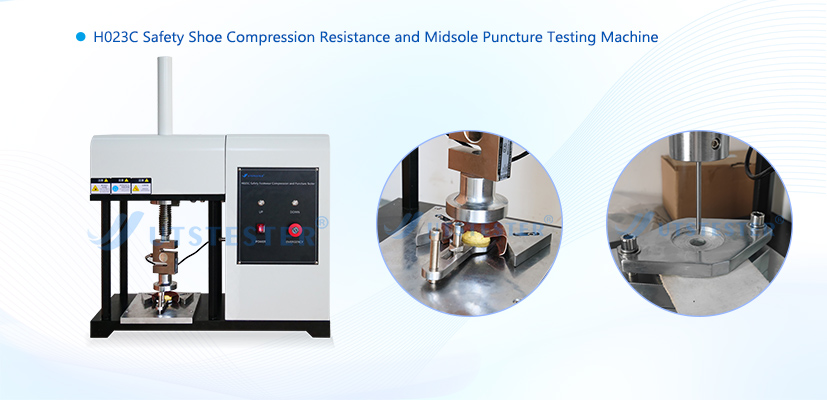 +86 152 6060 5085
+86 152 6060 5085
 +86 152 6060 5085
+86 152 6060 5085
Blog
Catalog
Latest Blog
Hydraulic bursting strength testing is a mechanical property evaluation method used to assess a material's resistance to hydraulic rupture. It is widely applied in quality inspection and performance research for flexible or semi-rigid materials such as films, textiles, leather, rubber, and plastics. The core principle involves applying uniform and progressively increasing hydraulic pressure to the material's surface until rupture occurs, thereby quantifying the material's tolerance limit under dynamic pressure.
I. Understanding the Fabric Bursting Strength Tester
Before conducting bursting strength tests, familiarize yourself with the equipment's key characteristics.
1. Place a specimen of defined area over an elastic diaphragm, secure it with a ring-shaped fixture, and gradually increase pressure beneath the diaphragm via the hydraulic system. This causes the specimen to expand until rupture occurs, determining the bursting strength of woven/knitted fabrics, nonwovens, paper, protective clothing, leather, and cardboard.
2. Specifications and Functions: Understanding the specifications and capabilities of the fabric burst strength tester is essential. This includes its maximum load capacity, test speed, and other relevant parameters.
3. Safety Requirements: Always consult the instruction manual for safety requirements. These may include wearing gloves, safety goggles, and other protective equipment.
4. Testing Standards: Adhere to standards such as ASTM D3786-06, BS 3424-6-B, ISO 13938-1, ISO 3303-B, ERT 80-4.02, and GB/T 7742.1.
II. Technical Specifications:
1. High-definition color touchscreen interface
2. Operates standalone or via computer connection
3. Test platen and collection tray constructed from corrosion-resistant materials
4. Test enclosure features imported high-transmittance POM material with integrated LED illumination for full-spectrum observation of sample testing
5. 32-bit processor; 24-bit high-speed A/D conversion chip
6. Laser displacement sensor measures displacement changes
7. Waste liquid collection system prevents instrument leakage and contamination
8. Overload protection with automatic burst detection system; sensitive and reliable; includes over-range and over-extension protection
9. Built-in thermal printer
III. Test Procedure
1. Power On: Turn on the power supply. Remove the protective cover.
2. Installation: Install the lower fixture: First install the aluminum block, then place the rubber diaphragm (note: the diaphragm has a front and back side; the smooth side faces upward), and finally position the lower pressure plate.
3. Sample Placement: Secure the test sample, ensuring it is properly aligned and tensioned.
4. Parameter Setup: Enter the settings interface to configure test parameters: Set the initial test speed and select the appropriate fixture. Other parameters cannot be modified as they are preset according to standards.
5. Test Initiation: Begin the formal test. Place the sample, clear the data, and click “Test.” Results will display upon completion. You may decide how many tests to perform as needed. Test results will appear after the fabric burst strength test.
IV. Data Analysis and Interpretation
After completing the test, you must analyze and interpret the data—a critical step to ensure the results are usable and accurate. Click the “Check” button to access the results view interface. Click “Print All” to print all results.
Organize the data recorded during testing into a format suitable for analysis. Utilize appropriate tools and methods to analyze the data and draw conclusions about the sample's performance.
By properly familiarizing yourself with the equipment, thoroughly preparing, conducting the test, and analyzing the data, you can ensure an efficient and accurate testing process. Before using any specific equipment, be sure to thoroughly study the operating manual and any relevant training materials. We hope this proves valuable for your testing efforts, ensuring the quality and safety of the products you use.

Email: hello@utstesters.com
Direct: + 86 152 6060 5085
Tel: +86-596-7686689
Web: www.utstesters.com